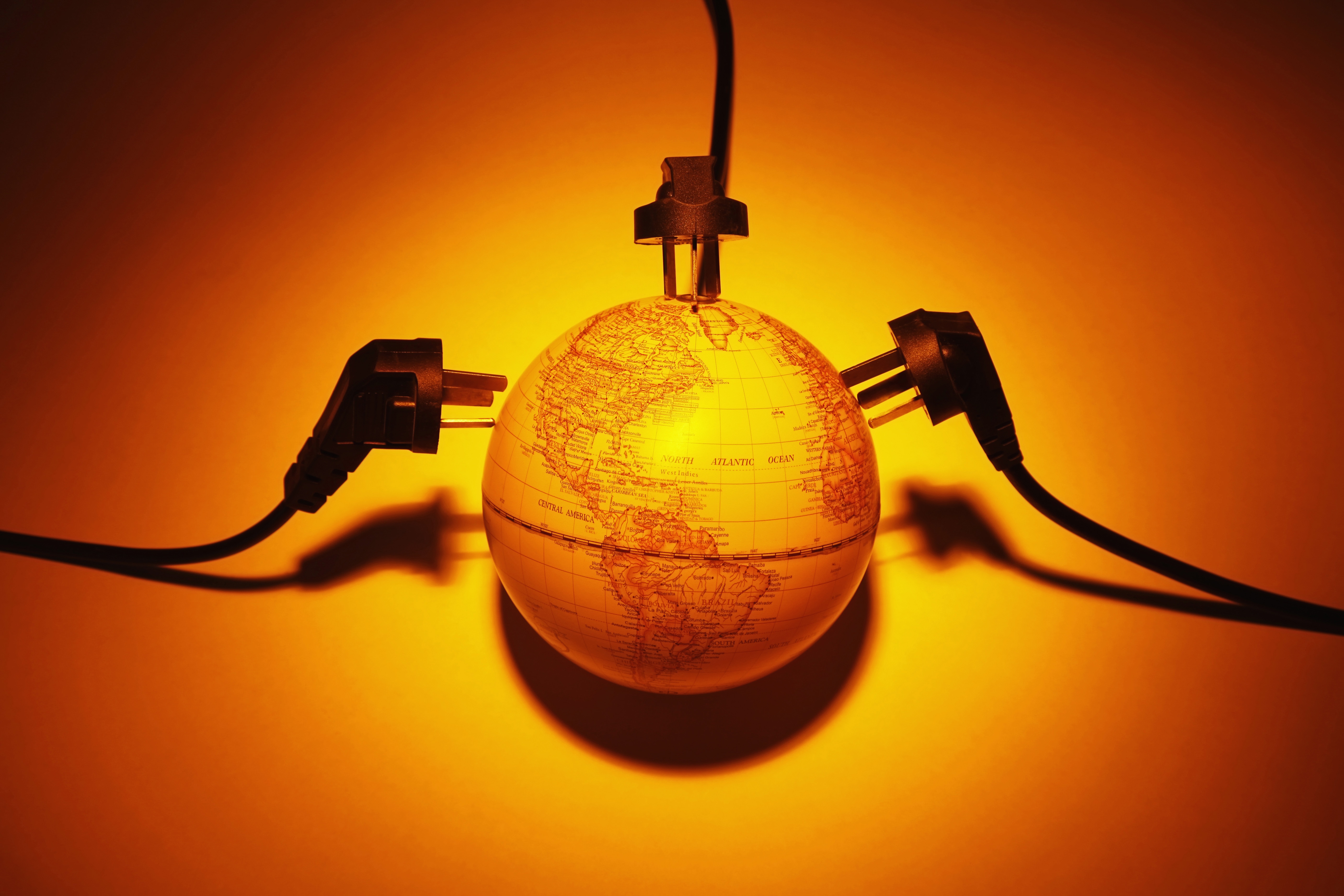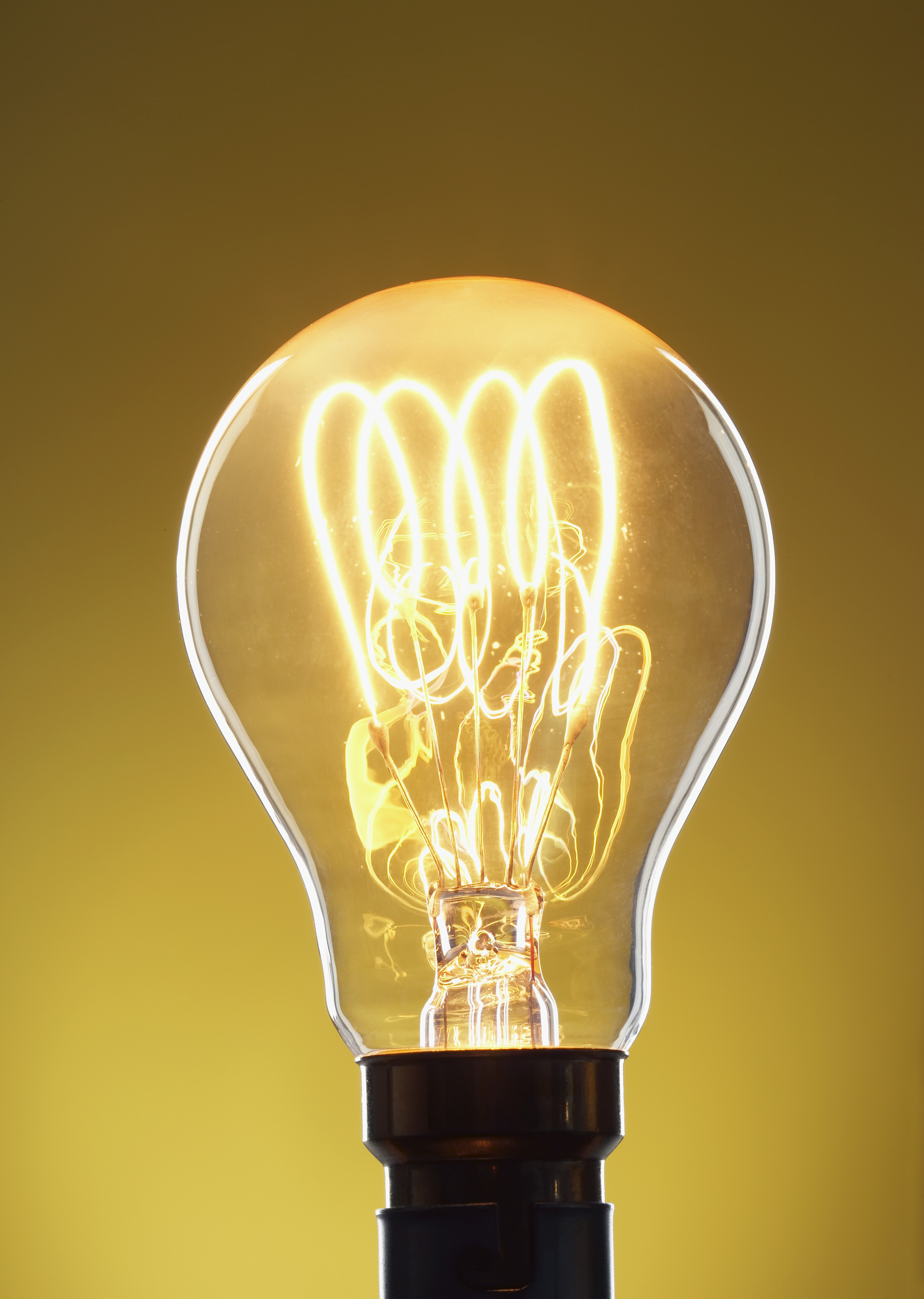Power outages are often disruptive and frustrating. There is no denying that when the power goes out, it is likely to bring your daily routine (and even traffic in some cases!) to a grinding halt. While many of us give little consideration to whether the lights will actually turn on when we flip our switch, on an average day the equivalent of 500,000 individuals in the US are without power for at least two hours.
According to studies, power outages cost our economy around $80 billion on an annual basis. Longer power outages can be both stressful and dangerous, and the last thing you would want is to be left alone in the dark by your utility.
The good news is that advancements in technology can help utilities manage power outages better, and smart grids can play a big role in this regard. It is no secret that today’s energy utility customers are likely users of UPS, Amazon, and Uber, and have similar high experience expectations – particularly during, before, and after power outages. That means utility companies have to understand and address a variety of customer concerns, such as delivering updates in real-time.
Reasons for Power Outages
Electricity power outages in the country usually result from adverse weather conditions, accidental or intentional damage to distribution lines and electric poles, as well as transmission line and generator impairments. Keep in mind that most power outages tend to originate in distribution grids. The main cause of power outages is severe weather conditions, such as hurricanes, tornadoes, and various other natural causes.
These catastrophic events often remind us of the various inherent weaknesses in our energy infrastructure, developed with 20th-century technology. Some power outages are because of equipment failures.
Aging Infrastructure and the Need to Move to Smart Grids
Our electric infrastructure is definitely aging, and it’s being pushed to do much more than what it was initially designed to do, which can have serious consequences. Modernizing the grid in order to make it “smarter” and also more resilient via the use of the latest equipment, technologies, and controls, which communicate and collaborate, to deliver electricity more efficiently and reliably can help reduce the duration and frequency of power outages. Also, it can reduce the impacts of storms, and restore service quicker when power outages occur.
How the Smart Grid Keeps the Power On?
It is worth mentioning that most of the conventional distribution grid is built using a traditional “hub-and-spoke” pattern. Note that the smart grid is great as it can easily connect the “spokes” in order to enable more than one distribution path.
When facing problems, such as a lightning strike, a tree falling on a power line, or a short circuit, then various smart grid technologies, collectively known as “distribution automation”, are able to sense the problem and then reroute power around it automatically. Note that it can mean the difference between a lengthy and disruptive outage and a temporary outage.
Resource Distribution
This is another benefit of smart grids. Resource distribution during any power outage has to be carefully managed via utility source points. Smart grids are immensely helpful as they work by carefully isolating the area or region where the effect of an outage is the smallest. And then they restore power to those utility customers almost immediately.
After that, smart meters identify those customers who are without power to make sure that the utility company’s control center can timely send a crew out in order to fix the cause.
Problem Diagnosis
Apart from letting the utility company know of a problem or issue, smart grids also help the utility timely diagnose the problem before sending over their service crew in order to ensure that their crew has all the needed equipment and tools to fix the issue or problem. Smart meters are now often paired with smart grid sensors and are placed strategically along the distribution grid.
Power and utility companies use these smart sensors in order to remotely monitor their power equipment, such as power lines, to identify issues and problems before they can become disruptive and to easily and quickly find and diagnose any issues when they occur. This is very convenient. Before the advent of the smart grid, one crew would need to go out to inspect the problem and then call for another team that would bring the right supplies and materials. Keep in mind that the remote diagnosis considerably lowers both the cost and time needed to restore power.
Smart Grid Transformation
In order to transform the conventional electrical grid into a smart one, utilities have to focus on adding 2 new and important functions to their grid equipment. This should be done at an individual piece of equipment level: automation and communication, both of which are usually enabled by modern IoT technology.
Final Thoughts
Managing a power outage correctly and timely is important to the recovery and restoration of fully functioning power systems. The abundance of blackouts during the last decade has made clear that utilities have to make significant changes in order to ensure reliable and secure power in an uncertain environment.
Smart grids, particularly those focusing on increasing uptime in commercial zones, represent a great opportunity for our electrical grids to play a crucial role in the future-proofing of commerce as well as a chance for all regions to see positive trends in terms of resiliency. Reducing power outages is the best solution for power outage management.
However, correctly managing outages through a combination of communication, recovery system responsiveness and resource distribution, can alleviate most of the problems that arise when power outages can’t be prevented.


